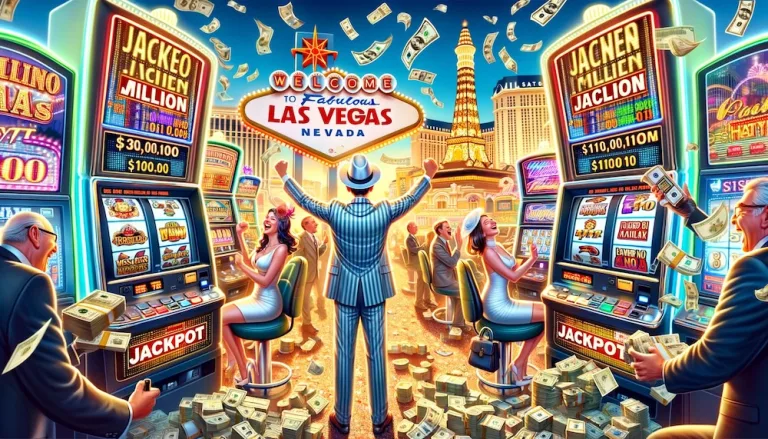Las Vegas has risen from a dusty railroad town to become one of the most iconic and vibrant cities in the world. Its evolution from a modest settlement to a glittering metropolis is a testament to the resilience, ingenuity, and spirit of its inhabitants. In this article, we’ll embark on a journey through the history of Las Vegas, tracing its transformation from a humble desert oasis to the unrivaled entertainment capital it is today.
Early Beginnings: The story of Las Vegas begins in the early 20th century when the area was little more than a stopover for travelers making their way to California. With the arrival of the railroad in 1905, the townsite was established and named Las Vegas, meaning “The Meadows” in Spanish, in reference to the abundant grasses found in the valley. However, it wasn’t until 1931 that the city would truly begin its ascent to prominence with the legalization of gambling.
The Rise of the Casino Industry: The legalization of gambling in Nevada in 1931 marked a turning point in Las Vegas’s history, setting the stage for the emergence of the casino industry that would come to define the city. In the decades that followed, a slew of iconic resorts and casinos rose from the desert floor, each one more extravagant and opulent than the last. From the Flamingo, opened by mobster Bugsy Siegel in 1946, to the iconic Sands and Dunes hotels, Las Vegas quickly became synonymous with glitz, glamour, and the thrill of the casino floor.
The Rat Pack Era: The 1950s and ’60s saw Las Vegas reach new heights of popularity with the rise of the Rat Pack, a group of entertainers led by Frank Sinatra, Dean Martin, and Sammy Davis Jr. Their legendary performances at iconic venues such as the Sands Hotel and Casino helped solidify Las Vegas’s reputation as the entertainment capital of the world. The Rat Pack era brought an air of sophistication and star power to the city, attracting visitors from around the globe eager to experience the magic of Las Vegas for themselves.
The Megaresort Boom: In the late 20th century, Las Vegas underwent a transformation with the advent of the megaresort era. Visionary developers such as Steve Wynn and Sheldon Adelson revolutionized the cityscape with the construction of sprawling casino resorts that offered not only gaming but also world-class dining, entertainment, and shopping experiences. The opening of iconic resorts such as The Mirage, Bellagio, and The Venetian ushered in a new era of luxury and extravagance, cementing Las Vegas’s status as a premier destination for travelers seeking excitement and indulgence.
Cultural Significance: Beyond its glitzy facade, Las Vegas holds a special place in the hearts and minds of people around the world. It has served as the backdrop for countless films, television shows, and songs, immortalizing its iconic landmarks and neon-lit skyline in popular culture. For many, Las Vegas represents the epitome of freedom, hedonism, and the pursuit of dreams—a place where anything is possible and fortunes can be won or lost in an instant.
Conclusion: The history of Las Vegas is a tale of ambition, innovation, and reinvention—a story of a city that defied the odds to become a symbol of hope, opportunity, and excitement. From its humble beginnings as a railroad stop to its transformation into the entertainment capital of the world, Las Vegas continues to captivate and inspire with its boundless energy, creativity, and spirit of adventure. As the city looks toward the future, its legacy as a beacon of possibility and extravagance is sure to endure for generations to come.

David Garato is a luminary in gaming journalism, renowned for peeling back the curtain on the gaming world with his witty and insightful commentary. A decade into weaving stories from the pixelated edges of indie games to the expansive universes of AAA titles, David’s work is a thrilling blend of analysis and adventure. When not writing, he’s live-streaming, sharing his gaming exploits with an engaged and growing audience. David doesn’t just write about games; he lives them, making him a trusted guide in the gaming community.


